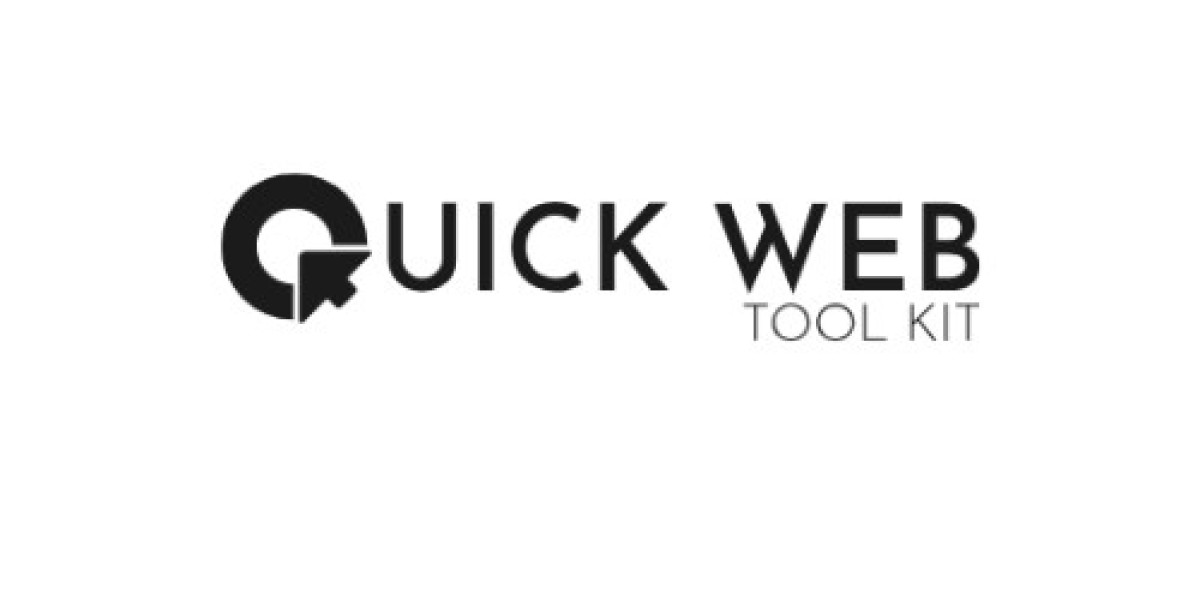The Internet is a sea of information, and pulling out some useful information out of it is no easy task. That is where a Web Scraper finds its usefulness. It's an effective program that scrapes the web all by itself, and that makes data collection and data analysis simple for any specific reason. For competitive intelligence, business intelligence, or research, web scraping is a methodology one can't help but follow these days.
How a Web Scraper Works
A Web Scraper works by sending requests to a website, downloading the HTML, and pulling out certain data elements based on predefined parameters. This is done in a sequence of different steps, such as sending HTTP requests, parsing the downloaded content, and storing the pulled-out information in a structured format like CSV or JSON.
The majority of web scrapers are written in programming languages such as Python, Java, or JavaScript and libraries including BeautifulSoup, Scrapy, and Selenium. These allow for the extraction to be made automatic and allow for massive amounts of data to be made available to users quickly and efficiently.
General Uses of Web Scraping
Market research is most likely the most prevalent usage of web scraping. A Web Scraper is utilized by an organization to collect information on consumer trends, price models, and market trends of competitors. Data extraction from this practice allows organizations to make strategic decisions so that they can compete in business.
Another major use is journalism. Journalists and media analysts utilize web scraping to monitor what is happening in the news, pull out numbers, and analyze social media trends. It helps them come up with up-to-date and fact-based news.
Ethical and Legal Considerations
While a Web Scraper is an extremely handy tool, it is wise to remember the legal and ethical considerations of web scraping. Terms of service on most websites disallow automated data extraction. Violating these terms may result in legal action or being blocked from visiting the site.
In order to prevent legal problems, best practices like honoring the site's robots.txt file, asking for minimal, and practicing responsible scraping of data should be followed. Responsible web scraping involves asking permission when necessary and avoiding actions that will most probably hamper site usability.
Web Scraping vs. Web Crawling
We must be capable of differentiating web crawling and web scraping. Both are automated web page interaction, but both for distinct reasons. A Web Scraper is designed to gather specific data, while web crawling is the link following and indexing to build a map of the structure of a site. Web crawlers are employed by search engines such as Google in order to index pages and make them query-able.
Choosing the Right Web Scraper
Choosing the right Web Scraper is based on the project size and the type of data to be gathered. There are some for light usage such as fetching product prices, and there are some for heavy usage such as sentiment analysis or machine learning.
There are also low-code cloud web scraping services. Web scraping services include pre-configured scraping templates and have easy interfaces, thus making them accessible even to non-programmers.
Challenges in Web Scraping
Although it is beneficial, web scraping does have one limitation. Architectures of the Web do change more and more frequently, and this will normally render a Web Scraper redundant and require the scraping script to be revised. Also, anti-scraping technologies like CAPTCHAs and IP blocking will complicate the extraction.
To overcome these hurdles, the developers employ rotating proxies, headless browsers, and automated CAPTCHA-solving methods. These all enable bypassing restrictions and the smooth functioning of a web scraper.
Future of Web Scraping
With data-driven decision-making gaining traction, the use of web scraping will only continue to grow. Advances in machine learning and artificial intelligence are expected to further improve the functionality of Web Scrapers to make them more efficient and responsive.
Companies are also seeking regulation-satisfying web scraping solutions but ones that optimally utilize the data. On this account, web scraping is going to turn into a rather mature and popular practice within the next few years from now.
Web Scraping in E-commerce
E-commerce companies heavily depend on Web Scrapers to monitor product prices, customer reviews, and competitor products. Through the analysis of information, online stores can change pricing models, enhance consumer experiences, and forecast market trends. Dynamic pricing methods, for instance, are based on web scraping in real-time to dynamically change prices according to competitor price levels and consumer demand.
Inventory management is another prominent application. Businesses keep track of the competitors' and suppliers' inventories to maintain the ideal inventory level. With web scraping, businesses are able to predict variations in demand and streamline supply chain operations effectively.
The Role of Web Scraping in Academic Research
Web scraping also benefits research scholars since they can gather enormous amounts of data for analysis. Ranging from the examination of social media trends, economic data, or even opinions, researchers utilize Web Scrapers to gather structured data that otherwise cannot be gathered manually. The procedure has come in handy in data science, linguistics, and public policy studies.
Conclusion
A Web Scraper is a valuable tool to scrape precious data from the web. Its use varies from different industries like business and journalism, research and analytics. Technical problems and ethical issues need to be resolved for the proper use of web scraping. As technology keeps evolving, web scraping will become more powerful and unavoidable in our modern world.









